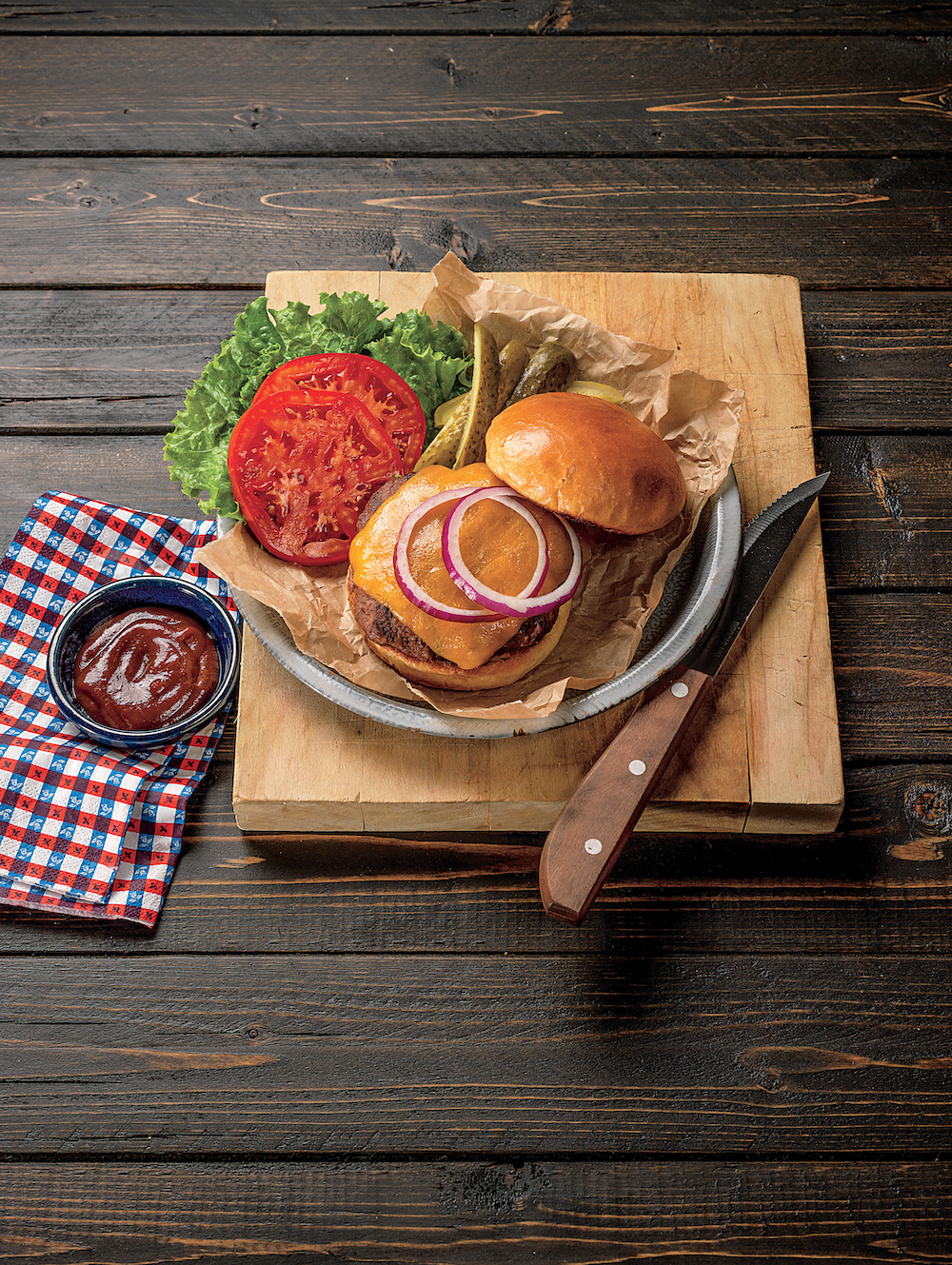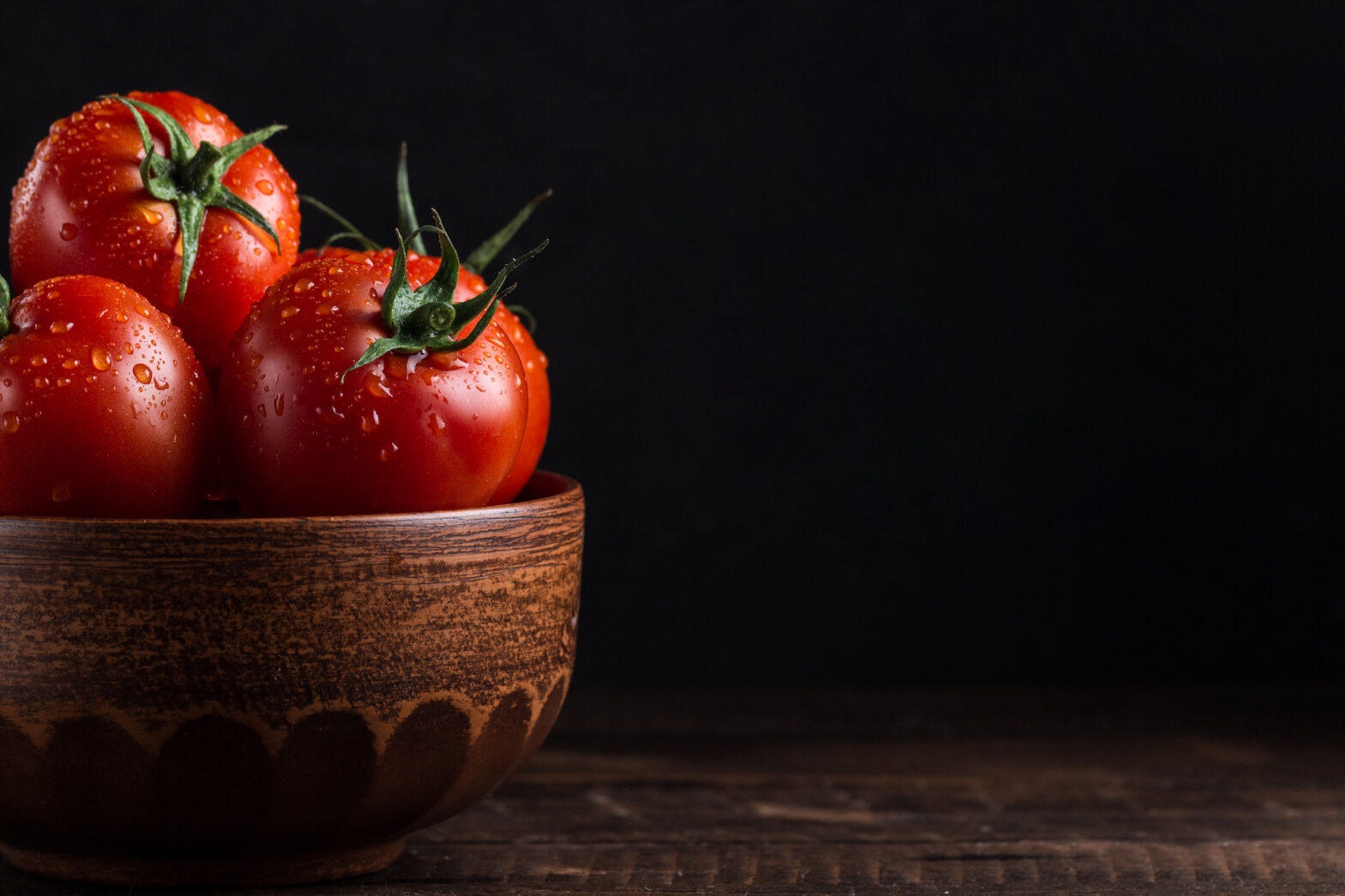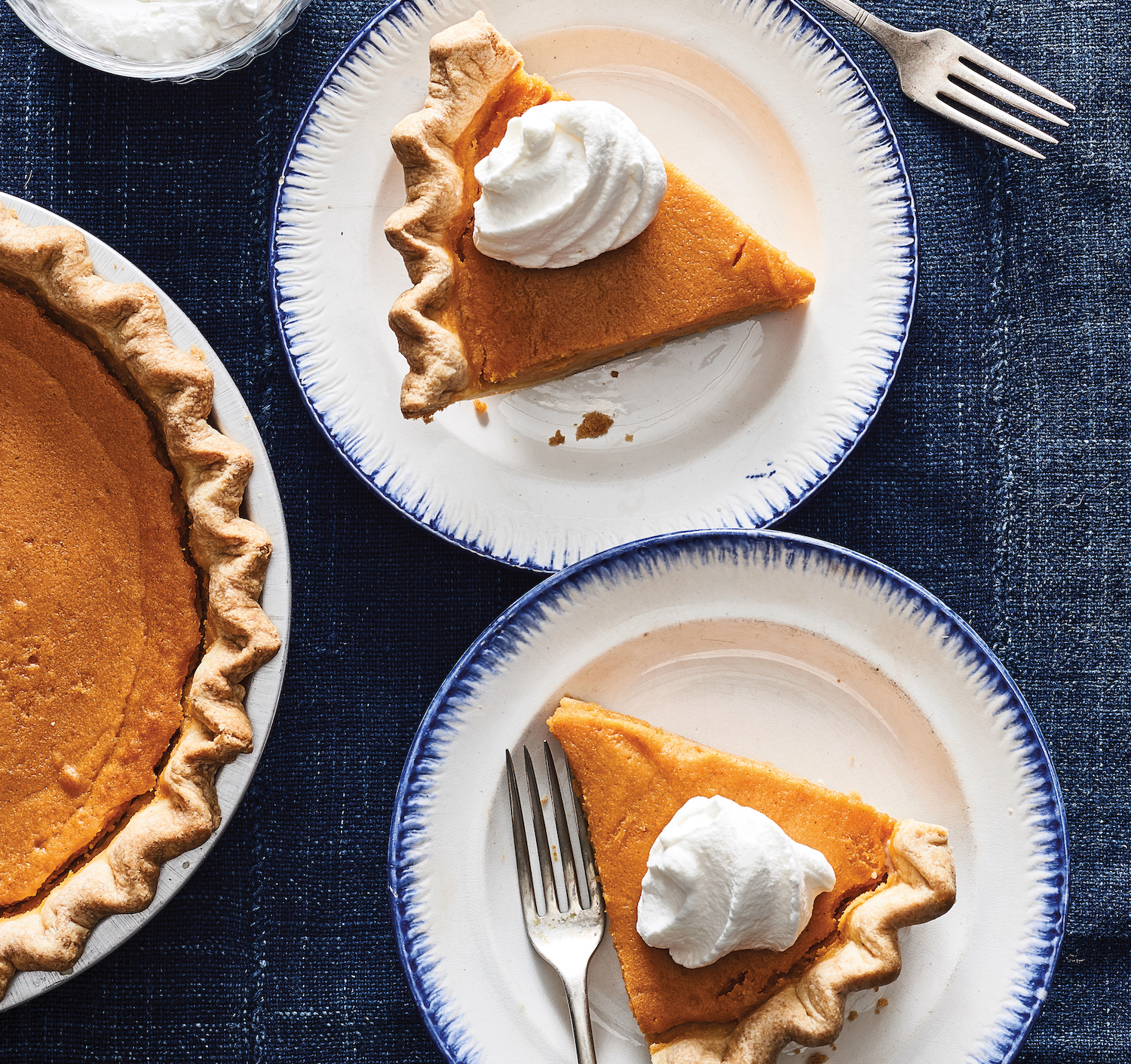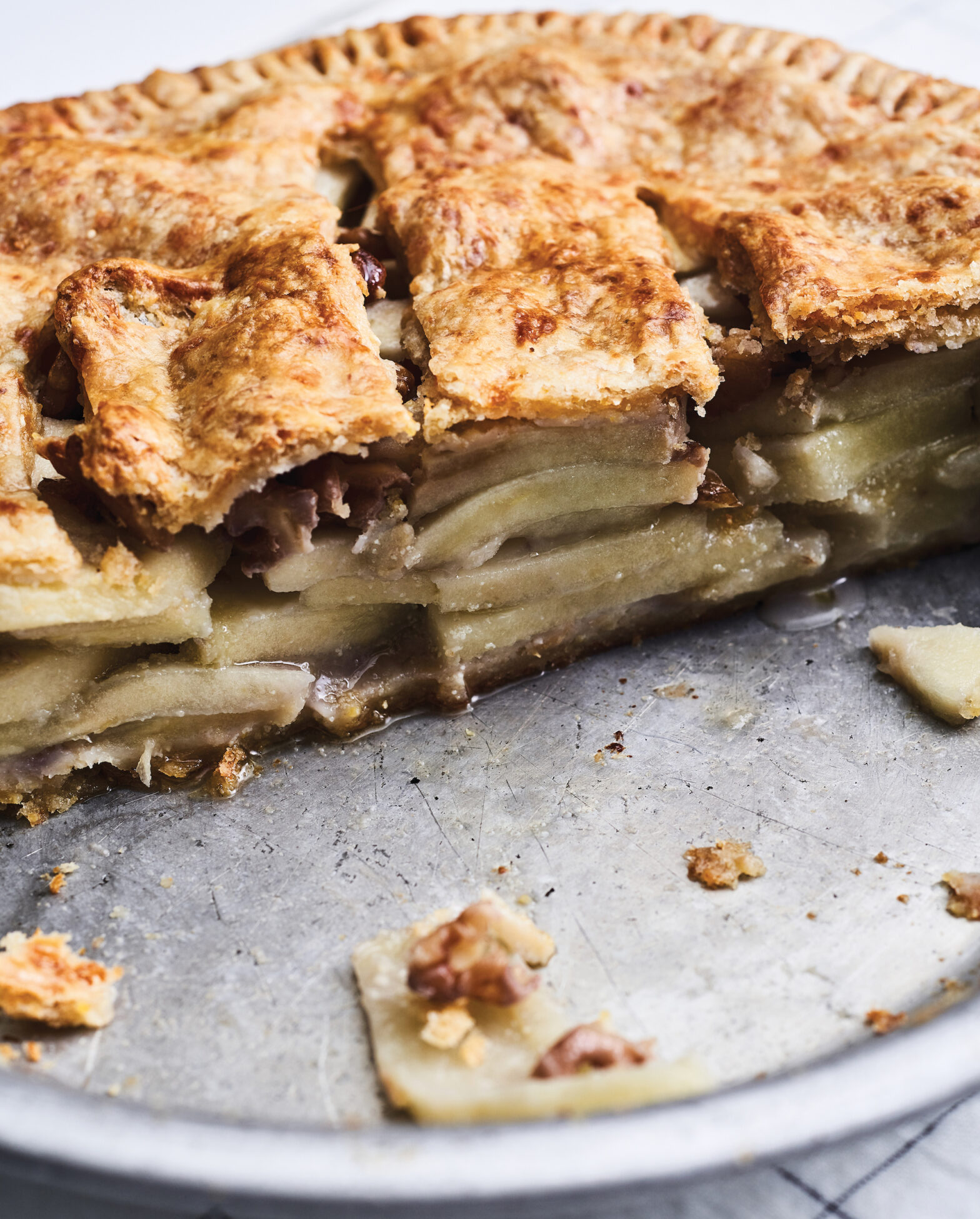People often say that we are what we eat. As a country built by immigrants, America’s food culture is as rich as the various cultures represented by the people who make up this diverse nation. Our ancestors brought the traditional dishes of their native countries with them and passed these delicacies down from one generation to the next. So, what really is “American” food?
Some may say the quintessential American food is a burger, or a hot dog. And in fact, these delicious items are the mainstay of the traditional barbecue parties that are essential to many American celebrations. The key to serving up good barbecue is having love and patience. This tradition may be simple, but it can change the world—as hot dogs and burgers have sometimes played a critical role in U.S. diplomacy.
The first, and perhaps most important, “barbecue diplomacy” event was arguably held in June 1939, when King George VI of England and his wife, Queen Elizabeth (mother of Elizabeth II), visited the United States. Following their royal state visit to Canada, President Franklin D. Roosevelt invited the British sovereigns to visit his home in Hyde Park, New York, for an American-style picnic.
Prior to this visit, no reigning British monarch had ever set foot on American soil. In 1939, England was on the brink of war with Germany, while the United States was pursuing a foreign policy of isolationism. Many Americans were worried that Britain might drag their country into a foreign conflict. While FDR wanted to lend help to the British, he had to convince the American public that such support was warranted.
On June 11, 1939, perhaps the most famous hot dogs in world history were served to King George VI and Queen Elizabeth at the Hyde Park picnic. Apparently, the royal couple had never been served frankfurters before, and the Queen quietly asked her host just how one should go about eating a hot dog. This humorous inquiry made headlines in the American press at the time. It was also included in the popular TV drama series, “The Crown” (Season 1).
We will never know what kind of meat or other ingredients were used to make those royal hot dogs, but they apparently made a significant impression on the royal couple. While the Queen purportedly used a knife and fork, the King ate his U.S. treat, American-style.
No doubt, this “hot dog diplomacy” was a great success. Just three months later, Britain declared war on Germany; and while the U.S. did not enter the war in Europe until December 1941, following the Japanese attack on Pearl Harbor, the Hyde Park picnic had helped FDR introduce the King and Queen of England to American isolationists in a relatable manner. The hot dog picnic changed the relationship with Great Britain forever: no longer as a former imperial power and its runaway colony, but now as friends and important allies.
“Barbecue diplomacy” has since been utilized by other U.S. presidents as well. George W. Bush hosted a barbecue party for German Chancellor Angela Merkel in 2006, and another for British Prime Minister Gordon Brown in 2007, treating them both to delicious Bush-style cheeseburgers.
Chef Matthew Wendel, who worked for GW Bush and his family at Camp David, and at their Texas home, revealed the recipe in the book, “Recipes From the President’s Ranch: Food People Like to Eat,” with First Lady Laura Bush providing helpful tips on assembling the burgers, such as using extra sharp cheddar cheese and toasted whole-wheat buns.
Sweet and Smoky Cheeseburgers Recipe
Serves 4
Ingredients:
- 1 ⅓ pounds lean ground beef
- 3 tablespoons favorite barbecue sauce
- Salt and freshly ground pepper
- Oil, for brushing the grill
- 4 slices extra sharp cheddar
- 4 whole-wheat buns, toasted
Directions:
In a bowl, mix the ground beef with barbecue sauce and salt and pepper just until combined; do not over-mix. Divide the meat into 4 equal patties about 1/2-inch thick.
Lightly brush a charcoal or gas grill with oil and heat to medium. Grill burgers for about 5 minutes, until charred on the bottom. Flip burgers and cook for 1 minute more. Top each burger with cheese and cook just until melted, 1 to 2 minutes more, or until cooked to desired temperature.
Serve on toasted buns with your favorite burger condiments.
Recipe from “Recipes From the President’s Ranch: Food People Like to Eat,” by Matthew Wendel (The White House Historical Association, 2020)







